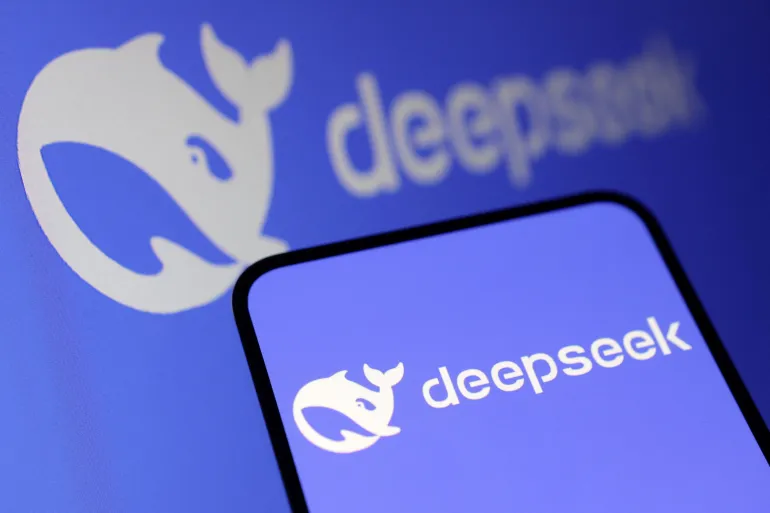DeepSeek could potentially be in danger of running afoul of the Chinese government as it looks to push development on its original model.
Announced on Thursday, the Chinese AI startup has hit roadblocks developing R2 – the second version of its core program. After R1 made waves earlier in 2025, regulators urged it to train its new model using Huawei chips rather than Nvidia’s.
Following R1, authorities encouraged the company to switch from Nvidia GPUs to Huawei’s Ascend platform for training. DeepSeek initially complied, but the move quickly caused problems. The company encountered unstable performance, slower chip-to-chip connectivity, and software limitations in Huawei’s CANN toolkit.
Furthermore, Huawei engineers visited DeepSeek’s data centers to resolve issues. Despite their efforts, the team never achieved a fully successful training run on Ascend hardware. As a result, DeepSeek reverted to Nvidia chips for R2 training while using Huawei devices for inference. This compromise balanced necessity with strategic planning. Given the shortage of Nvidia processors in China, ensuring R2 works on Huawei hardware is crucial for customer adoption.
The mixed approach also delayed R2’s launch. Training on Ascend proved unreliable, pushing back the model’s planned May release. Additionally, limited availability of high-performance Nvidia GPUs contributed to scheduling issues. It remains unclear whether R2 has been fully pre-trained.
R1 had been trained on 50,000 Hopper-series GPUs, including 30,000 HGX H20 units, 10,000 H800s, and 10,000 H100s, supplied through investor High-Flyer Capital Management. R2 will require an even larger cluster. DeepSeek and its backers will likely secure resources from China’s abundant AI data centers.
Read more: Chinese scholars harness artificial intelligence to protect endangered monkeys
Read more: OpenAI gets US$2.91 every time ChatGPT is downloaded
The DeepSeek AI left competitors scrambling
DeepSeek burst onto China’s AI scene in early 2025, reshaping the market with its ambitious R1 model while creating major disruption.
The company promised breakthroughs in natural language understanding and generative AI. However, its rapid rise strained resources and left competitors scrambling. Many observers doubted the company could scale so quickly without operational problems.
R1 training relied on a massive Nvidia GPU cluster. The company used 50,000 Hopper-series GPUs, including 30,000 HGX H20 units. In addition, it tapped 10,000 H100s and 10,000 H800s supplied by its investor, High-Flyer Capital Management.
This concentration of high-performance GPUs limited availability for smaller developers and slowed other projects nationwide. Furthermore, DeepSeek’s platform remained finely tuned for Nvidia, making future adaptation to local alternatives more difficult.
After R1, authorities encouraged the company to switch to Huawei Ascend hardware for R2 training. DeepSeek followed the guidance, but the move caused major issues. Engineers faced unstable performance, slow chip-to-chip connectivity, and software limitations in Huawei’s CANN toolkit. Meanwhile, Huawei sent teams to DeepSeek’s data centers, but they never completed a fully successful training run on Ascend. As a result, DeepSeek reverted to Nvidia for training while keeping Huawei hardware for inference.
The mixed approach delayed R2’s launch beyond the planned May release. Also, shortages of high-performance Nvidia GPUs contributed to scheduling issues. Staff shortages and tight timelines created additional friction. Furthermore, the high-profile launch raised security concerns. Observers worried that rapid scaling and massive AI datasets could compromise safety protocols.
In addition, ensuring R2 works on domestic platforms like Ascend remains a priority. This adaptation will help customers who cannot access Nvidia hardware. DeepSeek’s rise illustrates both the promise and the technical, operational, and political challenges of fast-moving AI startups in China.
.













